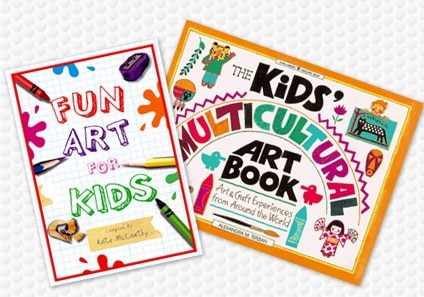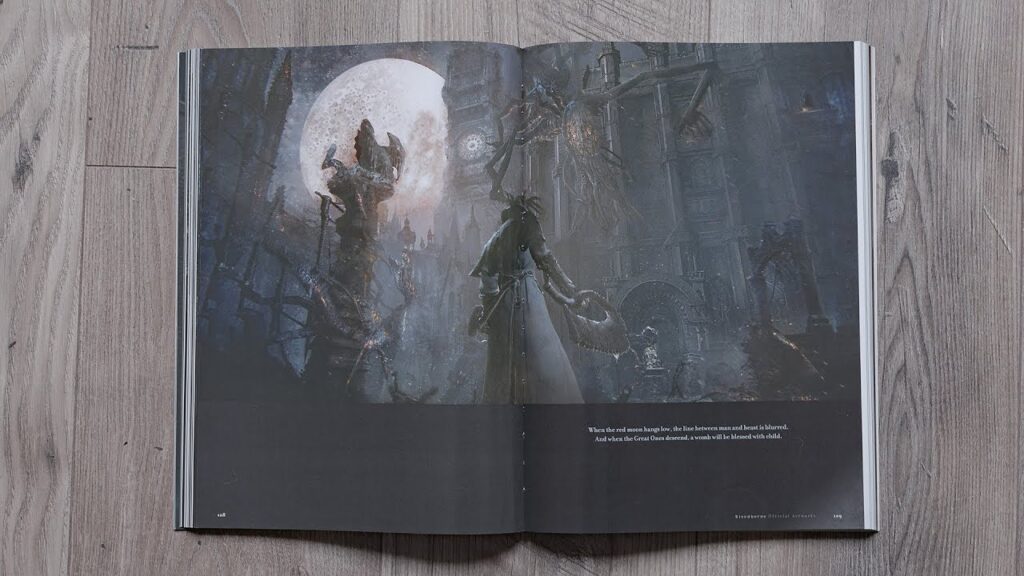Master Color Accuracy for a Gallery-Ready art book Look
Master Color Accuracy for a Gallery-Ready art book Look
Blog Article
Discover the Crucial Overview to Art Book Printing for Aspiring Artists and Publishers
As an aspiring artist or author, recognizing the subtleties of art book printing is necessary to bringing your vision to life. What are the key aspects you should concentrate on to develop a stunning art book that truly represents your work?
Comprehending Various Kinds Of Art Books
When you dive right into the globe of art publications, you'll quickly discover that they are available in different forms, each customized to various imaginative expressions and target markets. Coffee table publications often showcase magnificent visuals, ideal for informal surfing, while essays dive deep into a private musician's work, supplying context and insights. If you have an interest in specific art movements, exhibition brochures provide comprehensive documentation of shows, featuring essays and reviews.
For educational functions, art manuals and strategy books guide you with various tools and styles, making them important for aspiring musicians. Each style serves its function, and knowing their distinctions can enhance your art book journey.
Picking the Right Paper and Products
Selecting the appropriate paper and materials can considerably influence the overall high quality and feeling of your art book. For lively shades and complex details, decide for a glossy coating or a heavyweight matte paper that improves visual depth.
Think of the weight of the paper, as well. Thicker options commonly offer an even more professional look, while lighter documents can lower printing expenses. Do not fail to remember concerning the binding products; a durable cover can shield your web pages and include in the book's visual.
Lastly, take into consideration sustainability. Green alternatives are acquiring popularity and can show your values as an artist. By carefully selecting your paper and products, you'll ensure that your art book not just looks wonderful however also feels unique in the hands of your readers.

Selecting the very best Printing Methods
When it comes to publishing your art book, picking between offset and electronic printing can considerably influence your final item. You'll also desire to think about how paper quality impacts the general appearance and feeling of your artwork. Let's discover these crucial printing techniques to find the ideal suitable for your task.
Offset vs. Digital Printing
While both countered and digital printing have their advantages, choosing the appropriate method for your art book can substantially impact the last item. Balanced out printing uses top quality images and vivid shades, making it suitable for bigger print runs. Ultimately, your option needs to align with your creative vision and circulation method, making sure that your art book reflects the top quality you desire.
Paper Quality Factors To Consider
Picking the ideal paper high quality can significantly enhance the aesthetic charm and tactile experience of your art book. For prints, a shiny finish can make images pop, while a matte surface provides a softer, much more subtle appearance.
Following, consider the sustainability of your selection. Environmentally friendly choices are coming to be increasingly prominent and can attract environmentally-conscious readers. Ultimately, request samples to see just how various papers work with your artwork, guaranteeing the end product reflects your vision flawlessly.
Ensuring Color Accuracy in Your Prints
To attain stunning prints, you need to concentrate on color precision from the start. You'll wish to utilize color calibration strategies to confirm your screen and printer are in sync. Additionally, proofing your job prior to the final print run can help capture any type of discrepancies, assuring your art looks equally as you visualized.
Shade Calibration Techniques
Ensuring shade accuracy in your prints starts with effective color calibration strategies that help keep consistency between your electronic photos and last printed items. Next, choose a shade account suited for your printing process, like CMYK for print products. By consistently applying these techniques, you'll enhance the overall high quality of your art prints and much better communicate your imaginative vision.
Proofing for Precision
While you might assume your electronic pictures are imp source prepared for print, proofing is crucial for accomplishing color accuracy. Before dedicating to a full print run, constantly ask for an evidence from your printer. This allows you to see just how shades convert from screen to paper. Compare the proof with your adjusted monitor to spot any type of discrepancies. Take notice of saturation, illumination, and shade, as these aspects can significantly affect your final item.
If changes are required, communicate clearly with your printer about your preferred outcomes. Don't wait to demand multiple evidence if necessary; it's worth the investment to get it. Inevitably, extensive proofing assurances that your art work is represented as you envisioned it, maintaining your artistic integrity throughout the printing procedure.

Designing Layouts That Enhance Your Art Work
When you make formats for your art book, it's important to consider exactly how each component communicates with your art work. Go for an equilibrium in between visuals and text, making certain neither overshadows the other. Usage white room strategically; it offers your art work area to take a breath and draws attention to its details.
Take into consideration the circulation of your book. Organize pictures in a way that overviews the viewers's eye, producing a narrative or thematic development. art book. Differ the sizes and alignments of your art work to maintain the design dynamic and intriguing
Select fonts that complement your art work without distracting from it. Maintain message concise and pertinent, offering context or understanding that improves the customer's experience.
Finally, test various designs. Publish samples to see just how the designs translate on paper, and adjust as required. By attentively developing your designs, you'll create a visually engaging art book that resonates with your target market.
Binding Alternatives for a Specialist Complete
Choosing the right binding alternative can substantially impact the total presentation of your art book. You'll want to think about both appearances and resilience when making your selection. Popular choices include excellent binding, which offers a streamlined look and is best for thicker publications; saddle sewing, suitable for smaller booklets; and spiral binding, which enables pages to lay level for simple watching.
If you're going for a costs feeling, situation binding is an outstanding choice, giving a sturdy cover and a specialist look (art book). Do not ignore the cover product; options like towel, leather, or a shiny surface can boost your book's allure
Whatever alternative you choose, ensure it matches your artwork and enhances the visitor's experience. Take your time to weigh the benefits and drawbacks of each method, so your last item reflects the high quality of your imaginative vision.
Preparing Your Declare Publish Readiness
To ensure your art book is print-ready, you'll need to pay close focus to file preparation. Start by establishing your record dimension to match your preferred print dimensions.
Think about developing a proof to assess prior to the final print run. Adhering to these steps will certainly aid you attain a sleek, expert art book.
Frequently Asked Concerns
What Is the Average Expense of Publishing an Art Book?
The standard cost of publishing an art book differs, yet you can anticipate to pay anywhere my explanation from $5 to $20 per copy, depending on elements like dimension, paper quality, and printing volume.
How Can I Locate a Reliable Printing Business?
To find a reputable printing company, beginning by investigating online testimonials and asking other artists for referrals. Compare quotes, examine profiles, and communicate your demands clearly to assure they understand your vision and top explanation quality expectations.
What Is the Common Turnaround Time for Printing?
The typical turnaround time for printing differs but generally varies from one to four weeks. Variables like project intricacy and quantity can impact this. Constantly verify with your selected printer for details timelines and expectations.
Can I Publish My Art Book in Limited Quantities?
Yes, you can most definitely publish your art book in minimal amounts. Numerous printing companies provide short-run options, allowing you to create simply the number you need, making it much easier to take care of prices and stock.
What Legal Factors To Consider Should I Know for My Art Book?
You should think about copyright, licensing arrangements, and version releases when developing your art book. Make specific you can make use of all photos and text, securing on your own from potential legal issues in the future.
Report this page